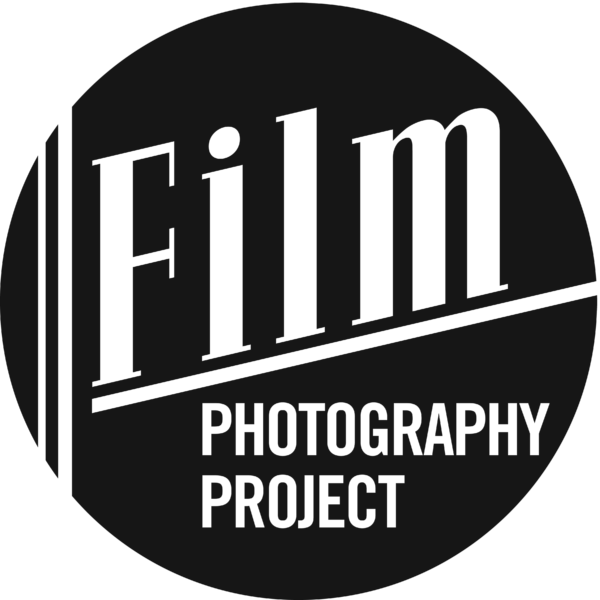WELCOME TO THE SLOW PHOTOGRAPHY REBELLION ( SPR )

“Like a lighthouse beam, bright and focused yet stil illuminating all directions, the slow photography process is bright, outwardly directed, and positive.”
In photography, we’re at the dawn of a new rebellion. Doing slow photography for our art and personal images means taking on an attitude of awareness. Slow Photography is also an ideology, an emerging movement, and a rebellion in how we make our photos. Slow photography seeks sanity, savoring a mindful photography process. It also tries to avoid putting the photographer, other people, animals, and nature at risk.
Slow photography offers a sane way for film and digital photographers to think about photography. It is not about gear. We can do slow photos with 8 x 10 “instant” Polaroid, with 8″ by 10″ and larger plates, with Impossible Film, with medium format, 35mm, Instax, iPhone, Instagram, with an iPhone slow photography housing — whatever gear you choose is fine because equipment is not at all the point of the SPR.
Some musings about this SPR came to me after teaching photography at a commuting university, and also teaching workshops, especially after 2010. Photo students focused more on web uploading than on thinking about composition, planning, and technique. It was as if a dam had been put in place, and what mattered was the speed of the water through it instead of the beauty of the river and its clean water. The urge to go faster was drowning their awareness of the beauty of the process.
Awareness is the key. Slow photography does not mean we have to slow down our reaction times. Like a lighthouse beam, bright and concentrated yet illuminating all directions, the slow photography process is bright, outwardly directed, and positive.

Awareness in slow photography begins in our lower brain, in cells that signal us in milliseconds before we are even conscious, then rises through our lower brain up to our visual and planning areas. This all happens very fast, even before we think of getting ready to compose a picture. We do not need to slow down our reactions, but we do need to ponder, think and deliberately pre-visualize ahead of time, instead of impulsively shooting.
In the information age, its easy to feel that if we don’t upload our images quickly, we’ll miss a seat on the light speed ship and be left out. A speed compulsion can leave us enslaved to the Lightroom on our desk instead of the lightroom in our brain. To get caught in speedy thinking as we press the shutter is to ignore the complexity of our mind and brain. Our visual brain needs time to gradually comprehend a scene, to imagine its possibilities, and to ponder how we can see the unseen within it.
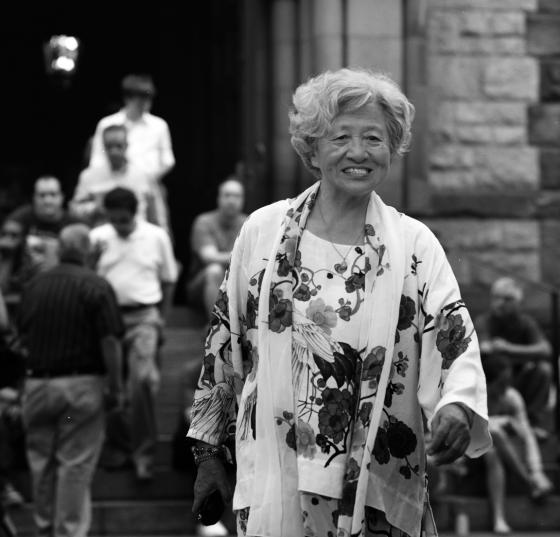
SPR: Pause the INSANITY
The SPR is not entirely an American cultural movement, but this rebellion is a peaceful response to US media and advertising that have, in the last few decades, created an insanity for the enthusiast photographer.
To follow advertising by continuously accelerating our photography is to fall into a trap. It is the trap of not thinking, lacking conscious awareness of the meaning of our photography process. It is the same as missing the subject in front of us because we’re chimping the back of our digital camera.
SPEED KILLS: DON”T CHASE, ENGAGE
Speed kills. A speedy chase can be dangerous. Why? Because it lacks thought and elevates the risk. Getting close to a grizzly bear in Denali to get pictures, chasing after a British royal at high speed ─ this style of photography is a kind of war on the subject itself. It can end in tragedy. To pursue images purely for profit or to bolster a photographer’s ego is a greedy, speedy obsession. It puts lives at risk.
The SPR seeks a slower, saner and lighter path. Instead of doing thoughtless capture, a photographer practicing slow photography might plan ahead to photograph a moose in Yellowstone. Positioned at a distance, and having pre-visualized the scene in part through memory and experience, there is more room to take a deliberate, SPR approach. It’s about engaging your subject in a thoughtful, healthy way. If the conditions are not right or I have not planned ahead, I try to take more time and come back another day. I try to not chase my subject, but to engage with the person or subject I’m photographing.
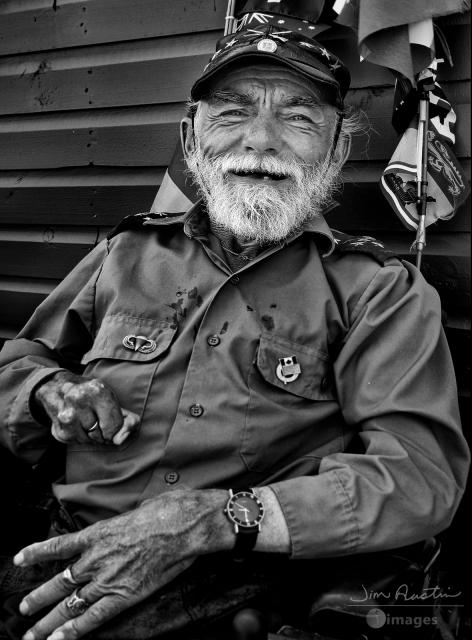
WHO IS PART OF THE SPR?
There are many photographers involved in the SPR. The photographer Gary Winogrand put negatives aside for a couple years before looking at the images, as a way to self-edit compositions long after the shutter was pressed. Minor White used slowing down exercises to teach mindful awareness of the subject to photographers.
Today, photographers are becoming aware of how widespread the SPR is, and how many of us are doing Slow Photography. With apologies to those I have not included, a short list could include: David Allen and Ian Plant in Australia, Tim Wu, John Street, Larry Coyne, Mat Marrash, Harry Nowell – these talented writers and photographers have been doing Slow Photography for years. The SPR has members in Australia, the UK and is underway around the world.
SPR: IS IT A STEP BACKWARDS?
Some may argue that Slow Photography is a step back, out of misunderstanding its purpose or thinking it is a retro movement back to 19th century methods. Does the Slow Photography Rebellion imply we have to move like a snail covered in molasses? Nope, definitely not. No worries there, for the Slow Photography Rebellion does not in any way ask for our return to the days of dial-up internet speeds for our imaging. Likewise, some wonder if the SPR involves using slow shutter speeds. Nope, definitely not. It is a way of thinking, a photography ideology, independent of gear.
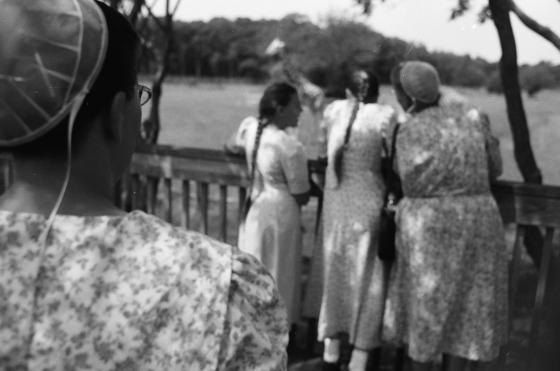
SPR: HOW CAN I DO SLOW PHOTOGRAPHY?
You probably are doing it already. Still, I’d like to offer 5 thoughts for joining the SPR:
Enthusiastic Attitude: The Slow Photo Rebellion is made up of women and men; photographers who optimistic, idealistic, patient and courageous. If something is throwing you off or speeding you up, just stop. Put aside the camera. Think about how you can slow down and stay optimistic as you figure out how you are responding.
Travel: When you practice slow photography as you travel, go to fewer places and stay for a longer time to explore deeper into the land and its people.
Flow and Passion: Photograph not just what you are passionate about, but what you love so much that your time in that sacred place or with that special person streams and flows by, leaving you with more energy and well-being.
Pre-Visualizing Notebook: Visual ideas can come anytime and any place. I write them in my notebook even when I do not have the camera, so I can return to them later with image making tools.
Tripod: Carry a tripod long enough, and it changes how you think. I try to work with my body as a tripod when I am not carrying one, being as steady as I can. Also, modifying a tripod so it is easy to carry makes it more likely to get used.
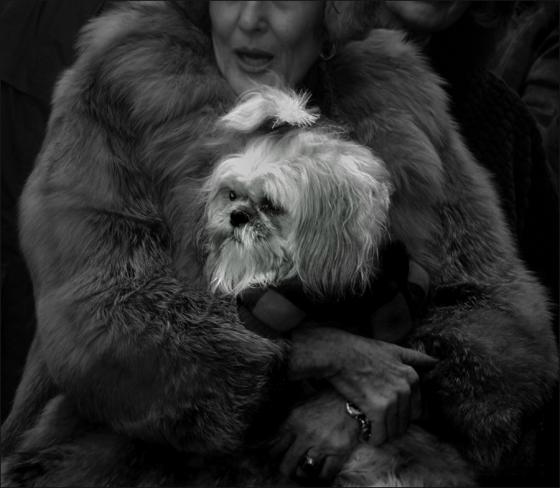
Tripod: Carry a tripod around on many shoots for a long time, and it changes how you think. I try to work with my body as a tripod when I am not carrying one, being as steady as I can. Also, modifying a tripod so it is easy to carry makes it more likely to get used.
So relax. Slow down and let go of speedy habits. Become a Slow Photography Rebel.♦
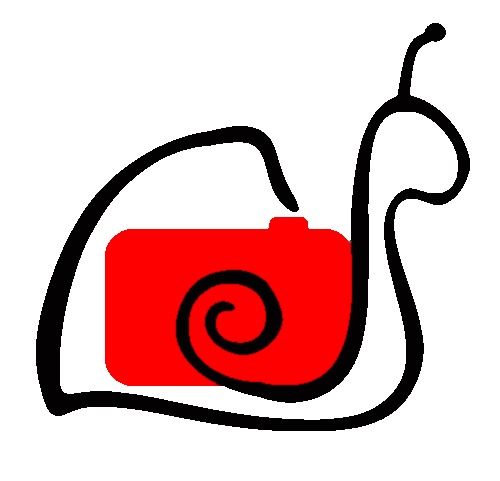
LINKS: Check out more on the Slow Photography Rebellion here:
1) https://jimaustin.wordpress.com/2012/08/02/slow-photo-rebellion-the-abcs-of-its-changes/
2) https://secure.flickr.com/groups/nohurry/
Check out Jim’s new e-book! http://jimagesdigital.weebly.com/
